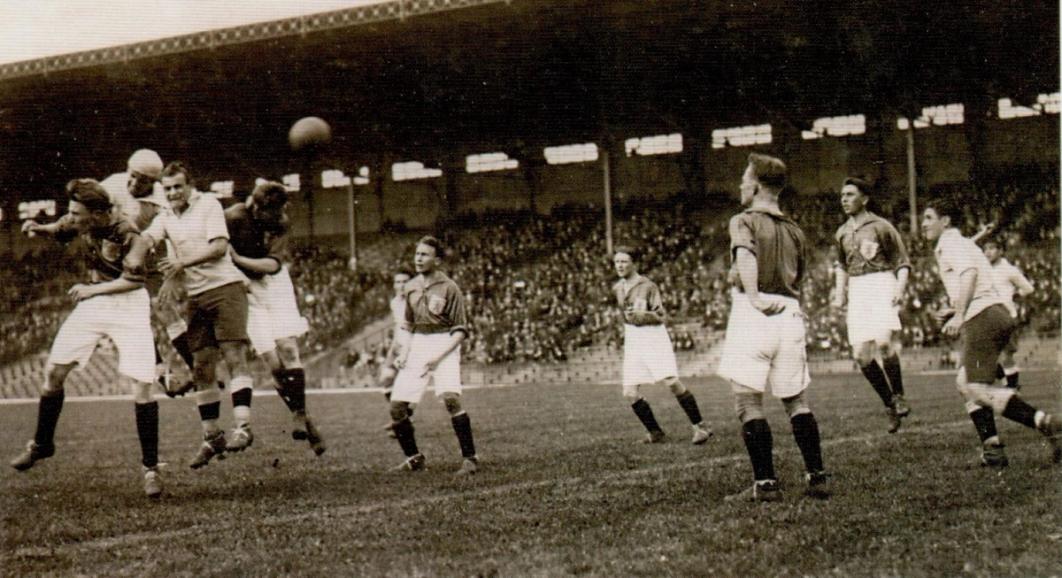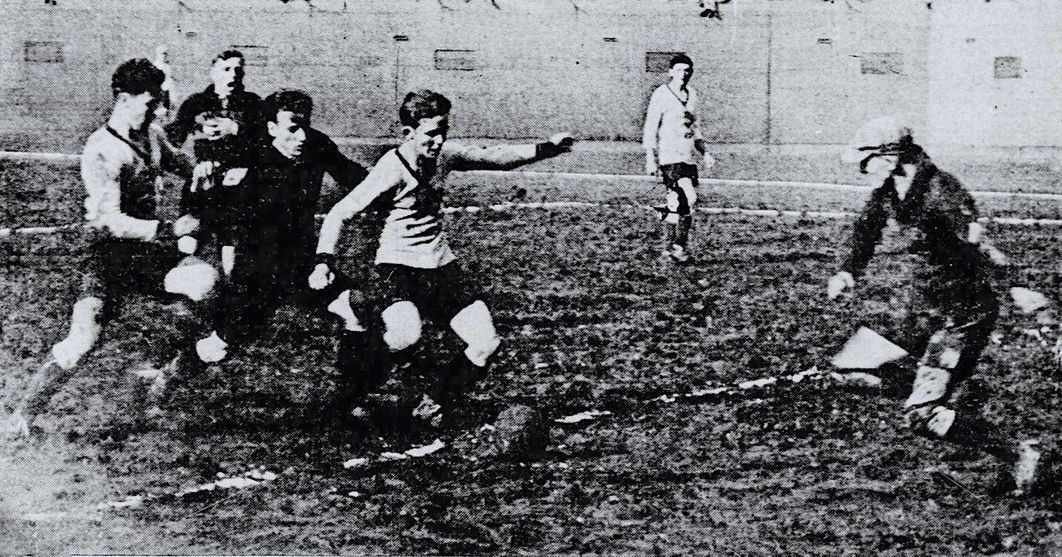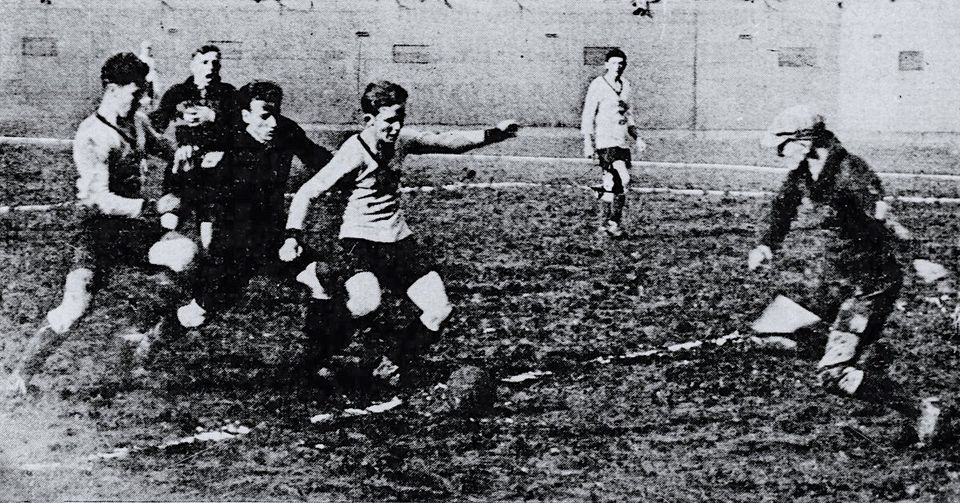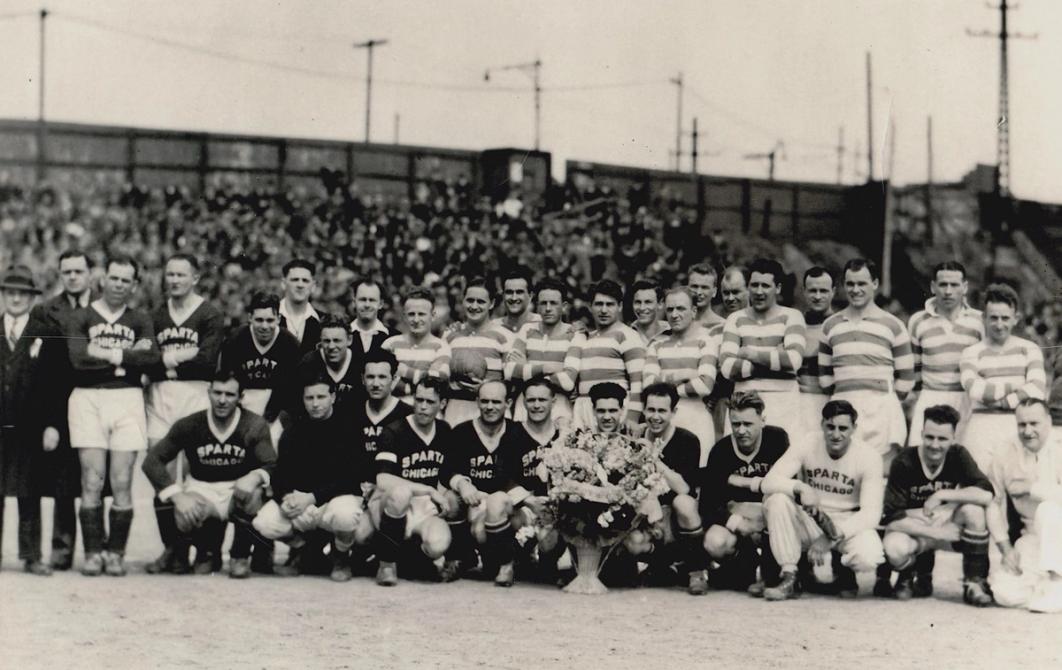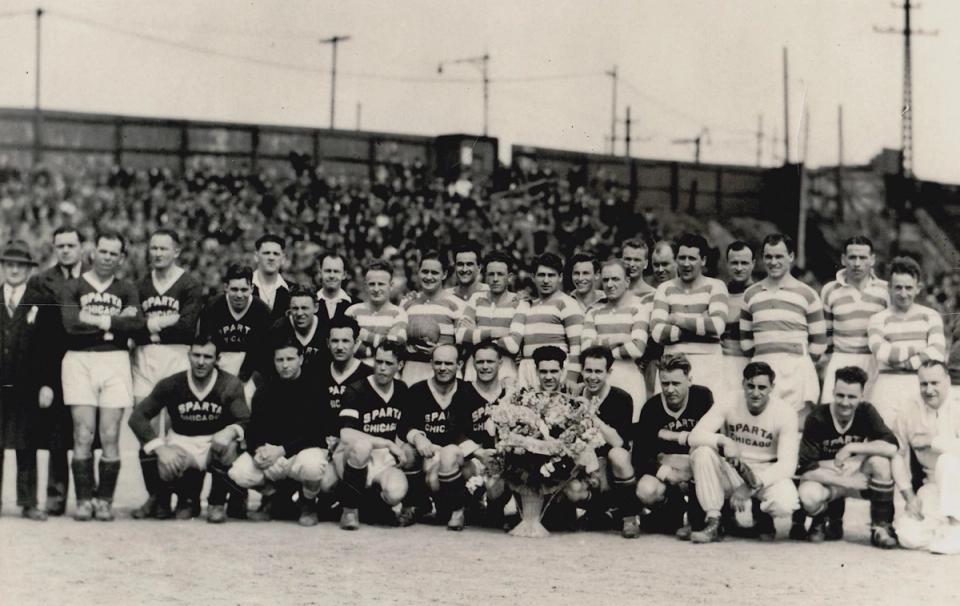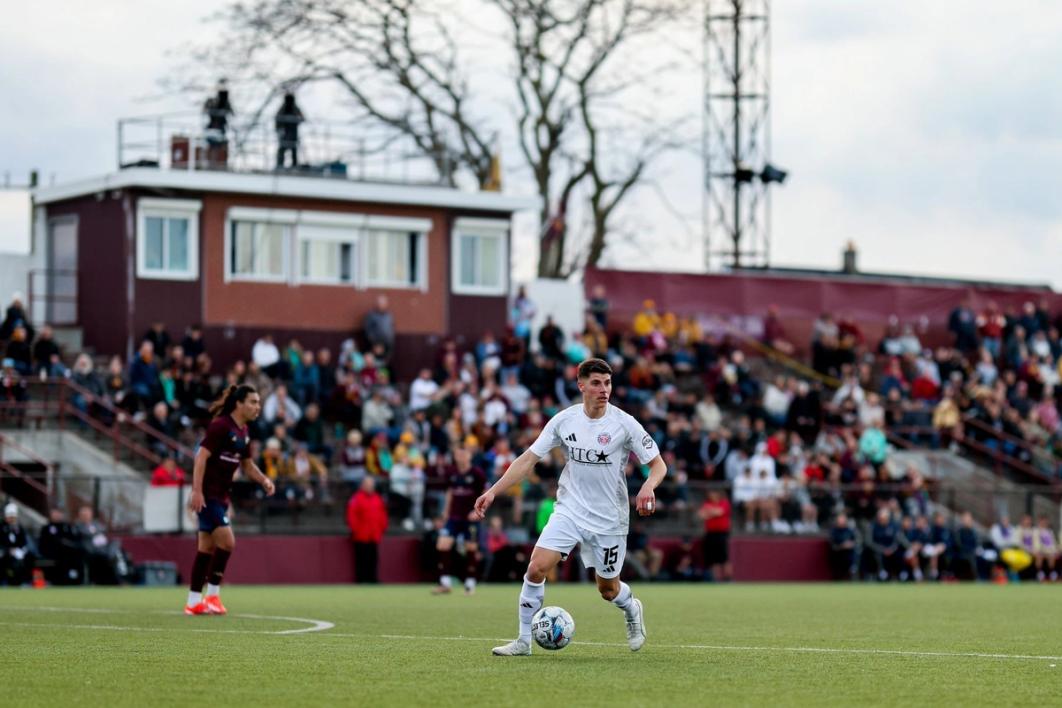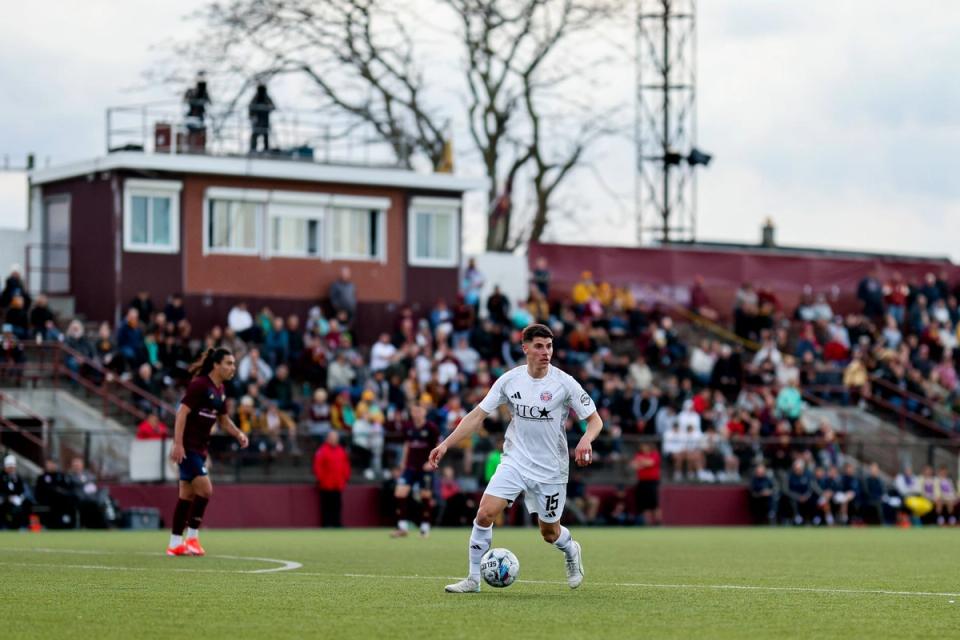The Michigan State Association was instrumental in the founding of the United States Soccer Football Association (now U.S. Soccer), so Detroit teams, naturally, were part of the very first National Challenge Cup/U.S. Open Cup competition in 1914.
Most of Detroit’s clubs of the time were connected to the city’s burgeoning automotive industry, with Ford, Packard, Buick, Chrysler and Holley Carburetor all fielding teams.
In the inaugural competition of 1914, Packard FC fell in the First Round to local rivals Roses FC, who then lost to eventual Semifinalist Niagara 2-0 in the Second Round. The Packards went one step past that in 1915, reaching the Third Round.
Packard the Forerunner
The 1916 competition proved to be one of epic battles for the Packard team. They played their home games at Packard Park on the grounds of the luxury automaker’s factory complex, not far from Keyworth Stadium, current home of Detroit City FC of the USL Championship, who caused a sensation in this year’s Open Cup with a win over defending champions Houston Dynamo on the road in Texas.
A pair of local derbies were called for in the 1916 Open Cup’s First Round, with St. George’s trouncing the Roses and the Packards facing off against Detroit FC.
It took 35 minutes for the Packards to break the first deadlock, scoring on a twisting shot by Christie that beat Detroit goalkeeper Primeau. Just a few minutes into the second stanza, Smith slipped a shot through the hands of the Detroit goalkeeper to make it 2-0.
Despite the deficit, Detroit charged back. They put up a penalty kick via Clarence Smith and equalized on a header by Shankland. Chris Wharton then gave Detroit a one-goal edge. It seemed over for the automakers until Cook scored with two minutes to go, forcing 30 minutes of extra-time.Both teams had their chances to settle matters, but after two hours, the game ended tangled at 3-3.
A week later at West End Park, the going was easier for the Packards, who advanced with a 2-0 win in the replay (goals by Cook and Smith).
Getting out of the Second Round proved more difficult for the Auto Workers, even with home-field advantage. Jimmy Millar, the veteran who played on Scottish giants Glasgow Rangers first two championship teams and later captained Bradford City in England, gave the Packards a 1-0 lead over St. Georges inside eight minutes. But the visitors equalized before the half and stunned the home crowd when their goalkeeper Gallway stopped a penalty kick by J. Stead in the second half, leaving the game deadlocked 1-1 after 90 minutes. Cook quickly gave the Packards the lead in the first overtime, but James scored his second of the game to pull St. Georges level just before the final whistle.
A week later, at a slippery and wet West End Park, the teams battled for two hours before settling for a scoreless draw. Four hours of soccer were not enough to determine which club would advance to the Open Cup’s Third Round. The teams had to wait three weeks and into the New Year before deciding the affair, as the third contest was postponed twice due to weather and field conditions.
Finally, at the third attempt, the Packards managed a victory. But it wasn’t without a scare, as Allan gave the St. Georges an early second-half lead. The setback energized the Auto Makers, who put on a vicious attack for the rest of the game, forcing Gallway to make save after save. Graham knotted the affair with less than five minutes to go -- and a long angular shot from Mair eluded Galway for the winner.
But, for the second year in a row, Packard’s chances at the national title were derailed in Chicago, again at the hands of the Pullmans, who recorded a 2-0 win on goals by J.C. Cartwright and Mackie.
Despite the early setbacks at the hands of Chicago teams, George Healy, President of the Michigan Soccer Association, and later president of U.S. Soccer, was bullish on the state’s future prospects in his report for the annual Spalding Soccer Guide of 1915-16.
High Hopes & That Man Visser
“In the National Challenge Cup Competition our teams have only met with moderate success. Personally, I feel the time is not far distant when Michigan will produce the winner of that splendid trophy that carries with it the championship of the United States,” Healy wrote.
Progress was being made, and in 1919, Roses FC made the Quarterfinals before losing to the Bricklayers of Chicago 5-2. In 1924, Detroit Celtic advanced to the Quarterfinals before losing to the Brickies 1-0.
